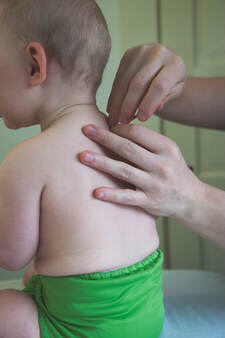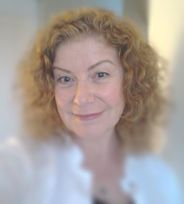|
In Japan Shonishin is a mainstream method of paediatric healthcare for babies and children.
Commonly known as pediatric acupuncture, the treatment is painless as typically no needles are used and nothing actually penetrates the skin. Shonishin literally translates as sho “little”, ni “children”, and shin “needle”. In fact the trained practitioners uses small metal shonishin tools to stroke, rub, tap or brush on the child’s skin over acupuncture pathways and points. The treatment gently relaxes and simulates the child’s body allowing it to recover and regain a proper balance. Shonishin is an effective and simple way of dealing with many of the health issues that babies and young children experience. What does Shonishin treat? Shonishin can help conditions such as * Allergies * Anxiety * Asthma * Bed wetting * Cold and flu symptoms * Colic * Constipation * Cough * Cancer symptom relief (nausea and fatigue) * Diarrhea * Ear infection * Eczema * Headaches * Muscle weakness and fatigue * Pain (of all kinds) * Poor sleeping patterns * Seizures and epilepsy * Stomach aches What does a treatment look like? There are acupressure points all over the body. Your child will be asked to lay on the couch in his or her nappy or underclothes as the practitioner will need to see and touch areas on the arms, legs, tummy, chest and back. Your child will be asked to lie down or the parent can hold the child as the treatment is administered. The frequency, dosage and strength of therapy will depend on the condition and the length of time the child has had the problem as well as the age and general health health of the child. A child’s treatments will usually be short often only taking 15 to 30 minutes depending on the age of the child. The technique is most effective when treatments are close together until the symptoms are alleviated. Once the primary health concern is addressed, treatments may continue on a less frequent basis to prevent recurrence. While initial treatments are administered only by trained acupuncturists, some procedures can be performed by the child’s parents at home (a teaspoon can makes an ideal home-based Shonishin tool). The techniques are quickly and easily learned, allowing parents to perform daily treatments between visits. So after the first 2 Shonishin sessions parents can be taught to administer a simple home treatment to support their child’s ongoing improvements between clinic visits. If you would like more information about how Shonishin could help your child please get in touch.
3 Comments
|
About
Gaynor Hollis is a Classical Five Element Acupuncturist with a thriving practice in Birmingham. She is interested in all things healthy and life style related not just Chinese and Japanese acupuncture. Archives
February 2020
Categories |
Photos from wuestenigel (CC BY 2.0), wuestenigel

 RSS Feed
RSS Feed
